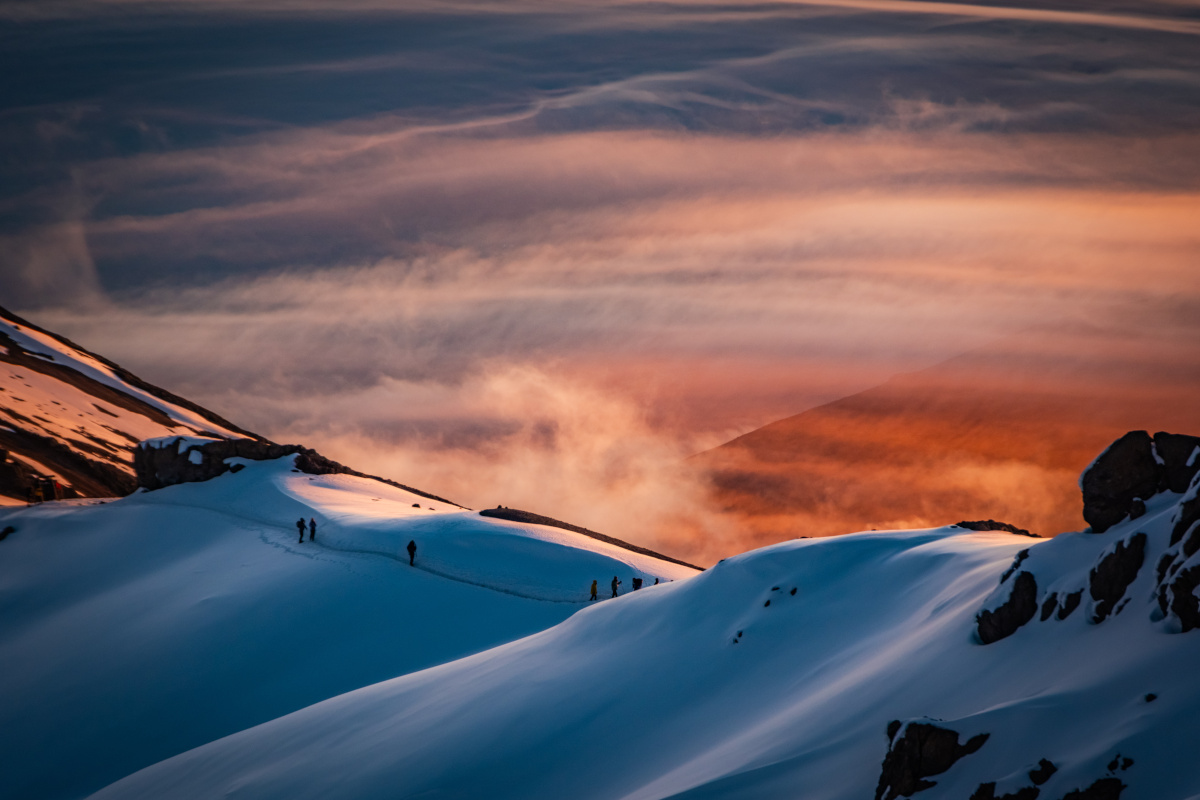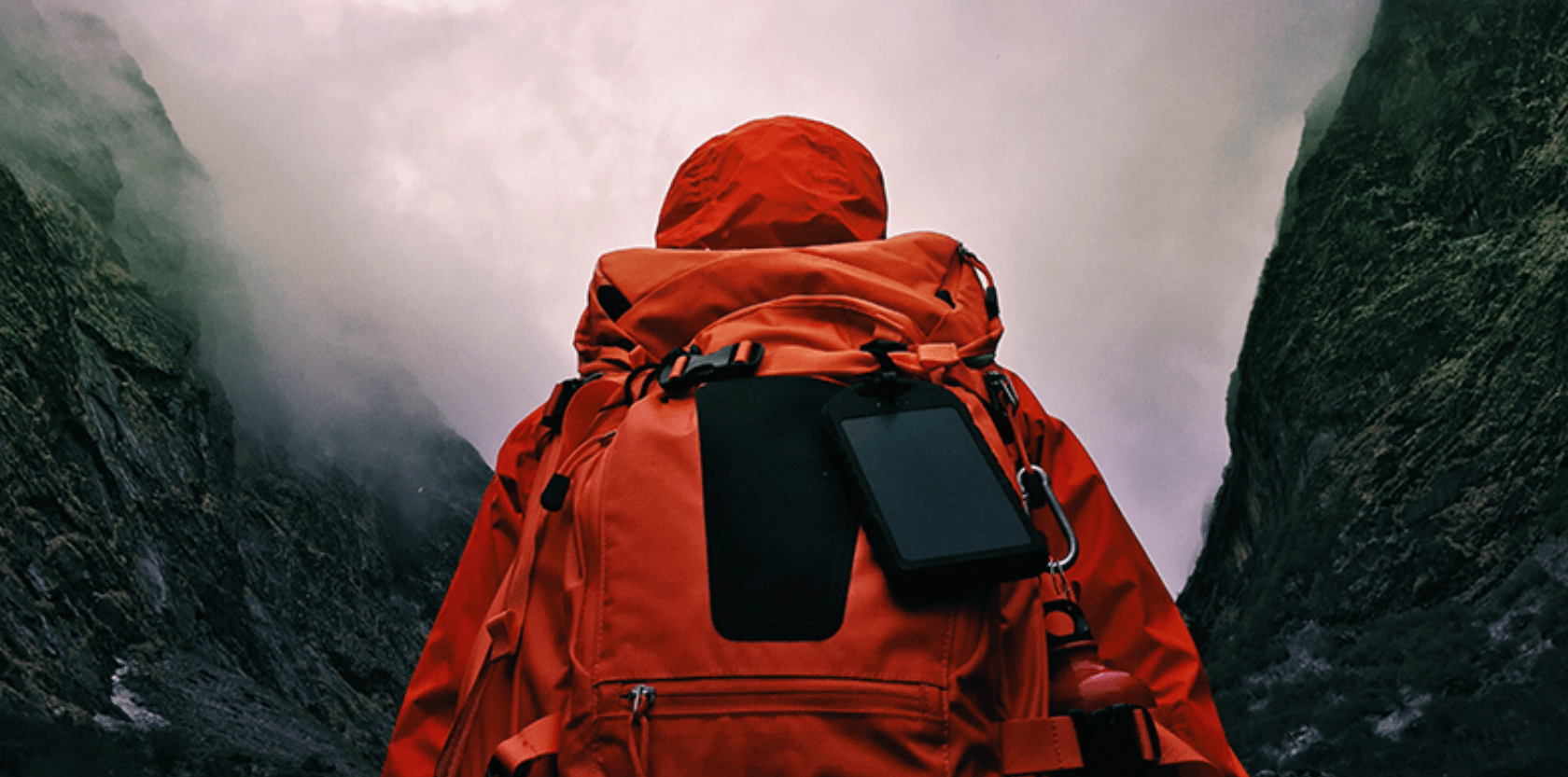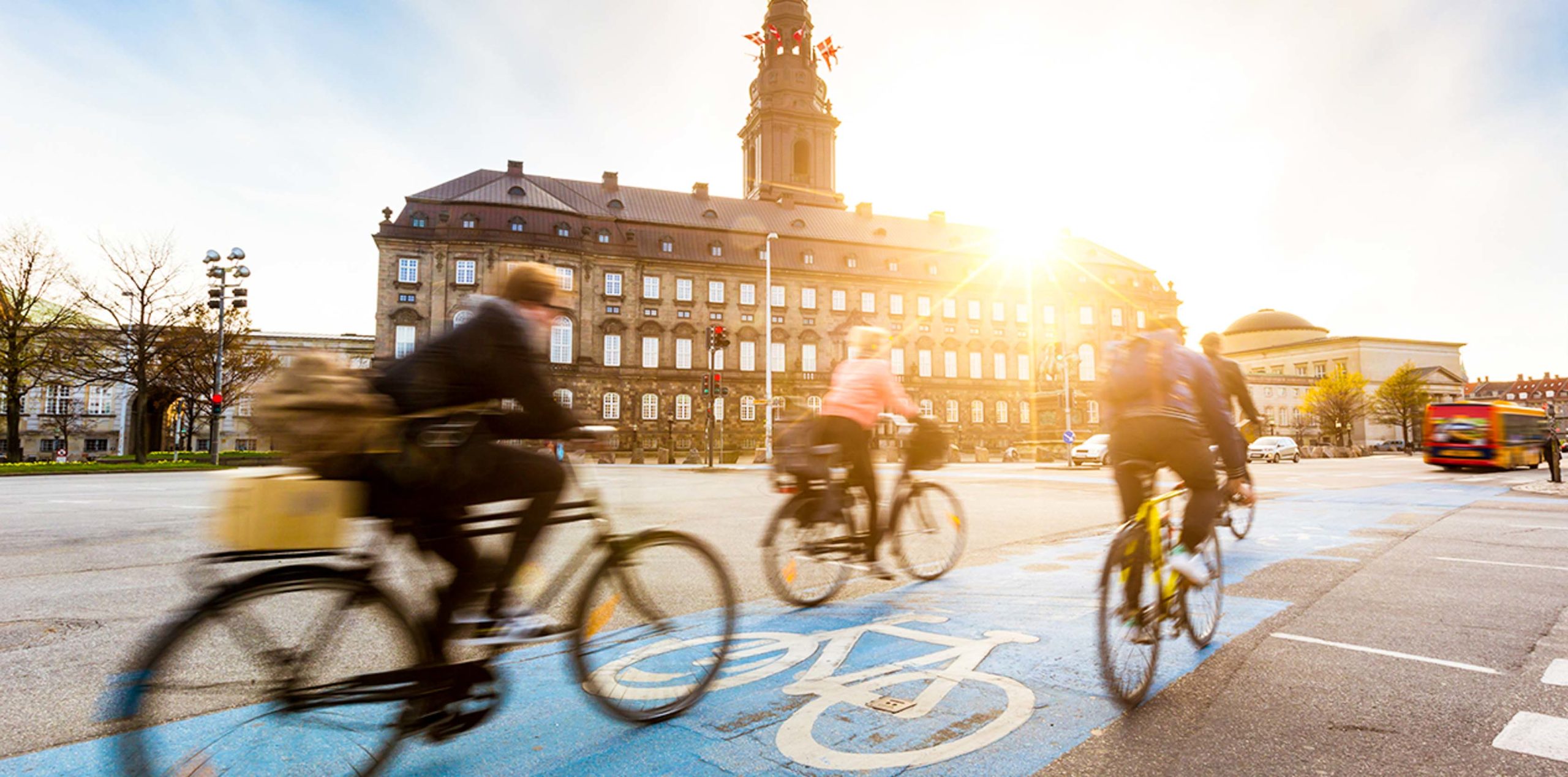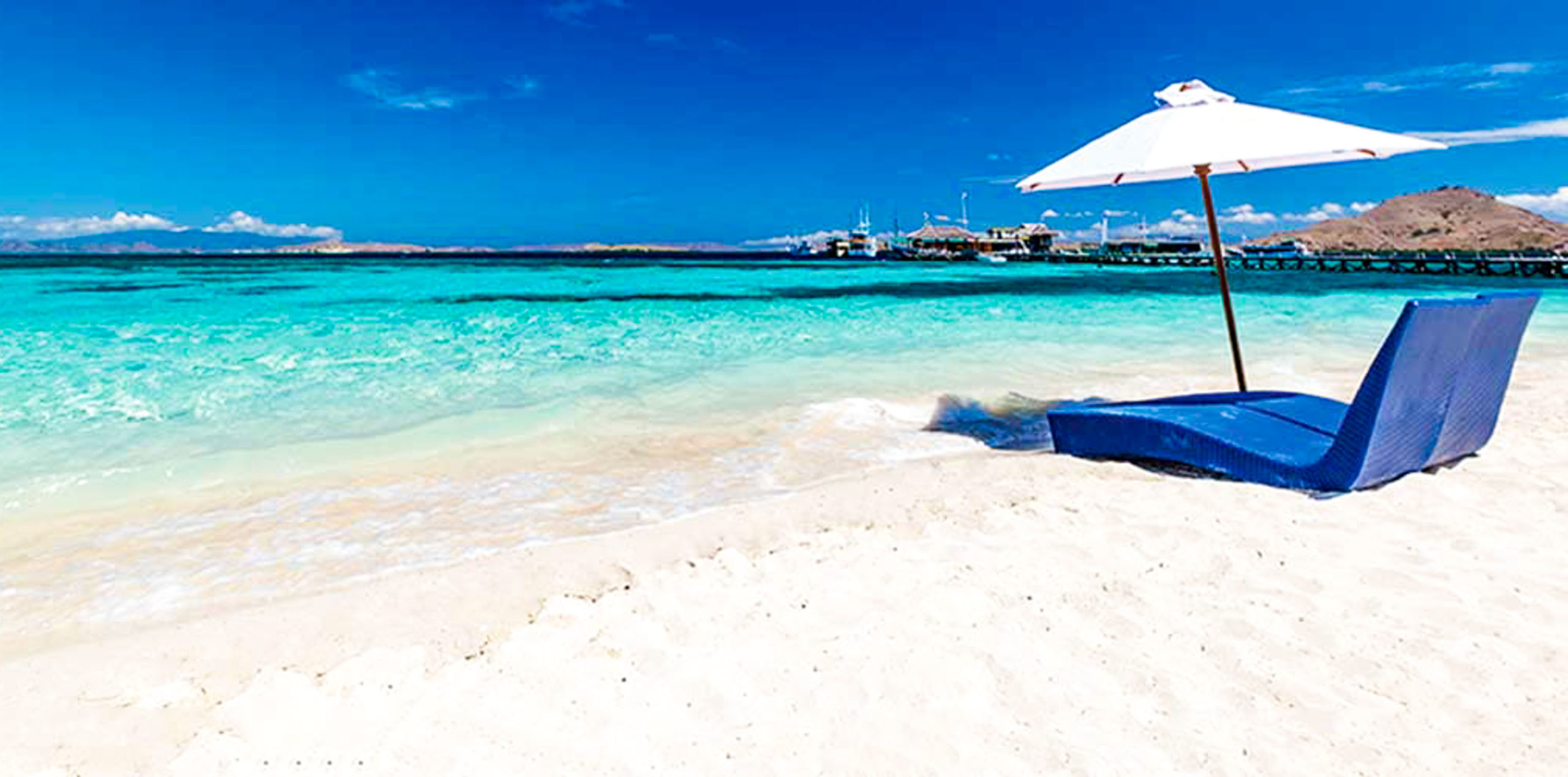
Why Kilimanjaro Travel Insurance is Critical to the Success of Your Climb
Climbing Kilimanjaro is a once-in-a-lifetime adventure, but it comes with significant risks that make getting the right insurance not just a recommendation but actually absolutely essential. While insurance is not a legal requirement to climb Africa's highest peak, most tour operators mandate that trekkers have a comprehensive travel insurance policy in place before beginning their ascent. This is because the mountain, rising to 19,341 feet (5,895 meters) and in remote terrain, poses several health and safety challenges.
While on the mountain, you’ll be days away from modern medical care, facing extreme weather, and relying on Swahili-speaking guides and local porters. When things go wrong up there, insurance isn’t optional — it’s survival.
Kilimanjaro treks include steep elevation gains (often 1,000+ meters per day), primitive sanitation, limited infrastructure, and weather that shifts without warning. Above Barafu Camp, symptoms of altitude sickness escalate quickly, at which point access to emergency medical evacuation is essential.
One of the primary perils is Acute Mountain Sickness (AMS), which can affect climbers at altitudes as low as 8,000 feet and become severe as they ascend. Symptoms include headaches, nausea, dizziness, and can potentially lead to High Altitude Pulmonary Edema (HAPE) or High Altitude Cerebral Edema (HACE) both life-threatening conditions. (HAPE is a life-threatening form of non-cardiogenic pulmonary edema while HACE is a serious medical condition in which the brain swells with fluid because of the physiological effects of traveling to altitude.) Additionally, cold exposure, dehydration, and physical exhaustion are common. Weather on the mountain is unpredictable, and even experienced trekkers can face sudden storms or freezing temperatures.
Quality Kilimanjaro travel insurance should cover medical rescue, treatment for altitude-related illness, medical expenses and potential trip cancellation or delay. Not all policies automatically include these, so it’s crucial to check the fine print.
For Kilimanjaro climbers, a comprehensive travel insurance with elite evacuation and rescue services, even from high-altitude, remote locations, is well-suited. It offers 24/7 support, which is critical in the event of altitude-related complications. Investing in a robust policy ensures peace of mind while you focus on reaching the summit safely.
Make sure you check the small print to ensure your trekking insurance plan is comprehensive and covers:
- Timely evacuation
- Trip cancellation protection
- Equipment theft & reimbursement
- Medical treatment at altitude
- Medical expenses
- Porter or guide support delays
Whether you’re on the crowded Machame route or the quieter Rongai trail, things can go sideways — fast. After all, the mountain doesn’t care if your luggage didn’t make it or if your guide got delayed at the park gate.
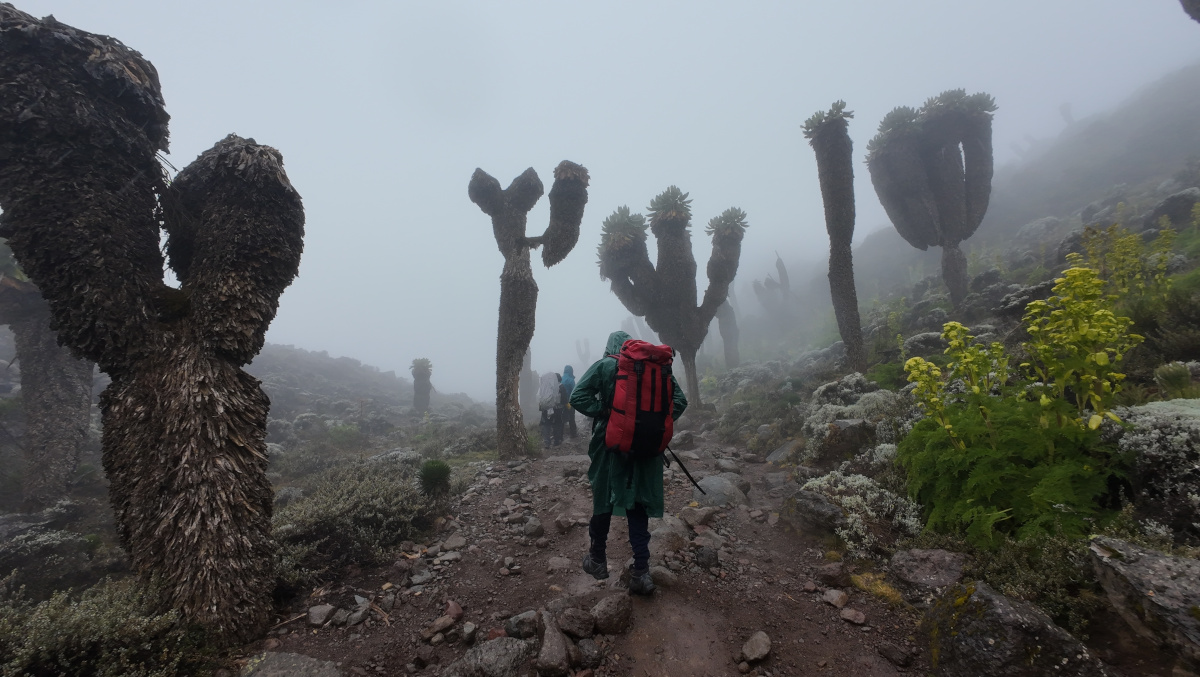
Essential Trekking Tips
Preparing for a climb of this nature requires careful planning, physical conditioning, and the right kit. The mountain’s height, unpredictable weather, and multi-day, high-altitude trekking demands mean that both mental and physical preparation are essential for success and safety.
Physical fitness is crucial. While Kilimanjaro is a non-technical climb, it requires endurance. Begin training at least 2–3 months in advance with a mix of cardiovascular workouts, hiking with a weighted pack, and strength training. Simulate long days on your feet and include hikes at elevation if possible.
Acclimatization is another key factor. Choose a route that allows for gradual altitude gain and includes extra days to adjust, as this will significantly improve your chances of summiting. Familiarize yourself with symptoms of Acute Mountain Sickness (AMS) and how to respond if they arise.
Reginal Hakizimana, founder of Rwanda Eco Company and Safari, emphasizes the importance of pacing and preparation when trekking Kilimanjaro. “To have a successful trek on Kilimanjaro, avoid trekking too fast, unless you are already acclimatized,” he advises. “Instead, go slowly following the slow and slow approach. Avoid altitude sickness symptoms by climbing high and sleeping low.” Reginal underscores that acclimatization is key, giving your body time to adjust to lower oxygen levels is essential for both safety and summit success. He also stresses the importance of proper hydration and nutrition: “To stay hydrated, three to four liters of water per day are advised. Eat well, focusing on easily digestible, high-energy carb meals such as rice, bread, and pasta. Avoid alcohol and sleeping pills.”
Gear essentials include moisture-wicking base layers, insulating mid-layers, a waterproof outer shell, sturdy hiking boots (well broken in), a quality sleeping bag rated for sub-zero temperatures, trekking poles, and a daypack. Also, bring a headlamp, sun protection, water purification tablets, and personal medications.
Mental preparation should not be overlooked. The climb is challenging and conditions can be tough. Staying positive, being flexible, and listening to your body and guides will make the experience safer and more rewarding.
Finally, ensure you have comprehensive travel insurance that covers altitude sickness and emergency evac, as these are critical in a high-altitude environment.
Packing for the Summit
Summit Day essentials:
- Down jacket (rated to -15°C)
- Waterproof boots with thermal liners
- Headlamp with extra batteries
- Windproof pants and gaiters
- Reusable water bottles or hydration system
- Medical kit with Diamox, ibuprofen, blister treatment
Pack your kit in waterproof duffels as moisture is the enemy above Shira Camp.
Acclimatization Advice
The biggest predictor of success on Kilimanjaro? Time at altitude.
- Choose Lemosho or Northern Circuit routes for longer adjustment
- Add extra acclimatization days at Karanga Camp or Shira 2
- Go “pole pole”. Translation: “Slowly, slowly” (These are probably the most-spoken words on Kili. The friendly reminder to take it nice and easy is a standard greeting from passing guides and porters, and the mantra gets stuck in your head almost immediately.)
Avoid shortcuts. Summit success depends on adaptation, not speed.
Route Planning and Permits
Every Kilimanjaro climb must be booked through a licensed operator, as park permits are tied directly to your selected route and itinerary. Choosing your route is critical, not just for scenery, but also for acclimatization and safety. As Reginal advises: “Choose the right route. Longer routes like Machame, Lemosho, and the Northern Circuit allow better acclimatization and increase summit success rates. Avoid stress and anxiety by staying calm and motivated. These can affect your breathing patterns. Take along a portable oxygen supply for emergencies and a pulse oximeter to monitor your oxygen levels. Consult your tour operator, as some provide these items. Take Diamox, as instructed by your doctor. Diamox helps your body acclimatize more quickly.” The route you choose also determines your accommodation options, as some allow camping while others use huts.
Permits are non-refundable, so Trip Cancellation Protection is vital.
Common Risks for Kilimanjaro Climbers
Climbing Kilimanjaro is a bucket-list challenge for good reason. It’s physically intense, mentally demanding, and environmentally unpredictable. So there are only those few who even dare attempt the trek. Here’s what every serious trekker needs to know.
Altitude Sickness and Summit Emergencies
Altitude is the biggest danger to your summit bid. Rapid elevation gain is unavoidable, especially on shorter routes like Marangu or Umbwe. Many trekkers attempt the summit from Barafu Camp at 4,673m, heading straight to 5,895m in a single overnight push. This is where AMS turns dangerous.
Symptoms to watch for include headache, nausea and/or fatigue, which can be early signs of AMS. Breathlessness, unsteady gait and/or confusion can be signs of HAPE or HACE. If a trekker gets to the point of unconsciousness, then evacuation is critical.
Prevention tips:
- Choose longer routes like Lemosho or Northern Circuit
- Include extra acclimatization days and, when possible, use the ‘climb high, sleep low’ principle to help your body adjust
- Hydrate and rest properly
- Did we mention hydrate? It’s worth saying it twice!
Insurance must-haves:
- Timely Evacuation from Kibo or Barafu
- Coverage for helicopter extraction coordinated by local teams
- Medical repatriation if needed
- Coverage of medical expenses
“Evacuation from Kilimanjaro isn’t just expensive. The logistics of it all are actually significantly complicated. This is why having a partner like Ripcord really matters.”
Cold Exposure and Weather Hazards
Nights above 4,000m routinely drop below freezing. On Summit Day, expect snow, wind, and potentially whiteout conditions at Stella Point.
Cold hazards include: hypothermia during early morning summit pushes, wet and/or improper apparel that fails to insulate the climber properly, sudden weather changes that can trigger delays or dangerous conditions.
By the way, for the summit push, climbers typically have a true ‘Alpine start,’ waking up around midnight to begin the ascent. This timing allows them to reach the summit by sunrise, which offers the best possible views.
Prevention tips:
- Carry a down jacket, jacket shell, baselayers, wind/water proof pants, waterproof gloves, and insulated boots that are well broken in
- Be sure to store any electronics in inner pockets, close to your body (otherwise, the cold will quickly kill the batteries)
- Invest in proper rainproof duffels and outerwear (after all, “There is no bad weather – only bad gear”)
Insurance must-haves:
- Coverage for weather-related delays
- Trip interruption protection for route closures or schedule changes
Equipment Loss or Theft
In Moshi, Arusha, and even Nairobi, gear theft is not uncommon. Rental shops may not have secure storage. Luggage in transit sometimes disappears between flights. Common places where your kit might go missing include Moshi guesthouses and equipment shops, Arusha hotels with shared rooms, while in transit via porters, or due to airport mishandling and/or during layovers.
Prevention tips:
- Keep valuables on you during travel
- Use lockable duffels or PacSafe bag protectors or ‘safes’
- Track bags with tracking devices like AirTags
What good insurance does:
- Covers stolen or delayed equipment
- Reimburses replacement costs before summit day
- Includes baggage delay compensation
Redpoint’s equipment protection offers peace of mind before and after your adventure.
Trip Disruptions
You’re working with fixed schedules. So if you miss your group’s start date, you miss your window to reach Uhuru Peak. Adventure travel naturally comes with the potential of uncertainties. Your flights into Tanzania’s Kilimanjaro International Airport (JRO) might be delayed. Porters might go on strike, your luggage might be delayed or lost, or you could possibly experience visa issues upon immigration.
Prevention tips:
- Arrive at least two full days before the start of your adventure
- Confirm your Tanzanian visa in advance (available online or on arrival)
- Have backup equipment available in Moshi
Insurance advantages:
- Trip Cancellation Protection if flights or visas fail
- Trip Delay to recoup lost costs from missed summit attempts
- Coverage for rescheduled safaris or park permits
What to Look for in a Kilimanjaro Trekking Insurance Policy
Not all travel insurance company plans cover activities at altitude and many certainly don’t cover evacuation above 3,000 meters. You’ll want specialized adventure insurance that matches this mountain’s realities.
Emergency Services and Evacuation
When your health and well-being are on the line, you need more than just a claims hotline: you need a real-time response.
Ripcord not only insures but also coordinates and performs extractions. That means if you go down near Stella Point or crash at Kibo with AMS, they can dispatch alpine-capable teams. Their coverage includes:
- Air evacuation from the national park
- Covers post-extraction hospital costs in Nairobi or Dar es Salaam
- Professional, in-house medical and logistical coordination, which is available 24 hours/day, seven days/week
- Possible repatriation to your home hospital
Equipment and Baggage Protection
Losing your headlamp or boots before summit day can kill your bid for Uhuru Peak. Ripcord covers:
- Gear theft
- Damage or delays from international carriers or other transport
- Rental equipment swapped or missing on arrival
Look for policies that reimburse rented equipment, offer emergency purchase allowance, and don’t require your claim to itemize receipts for every glove and hiking pole.
Trip Interruption/Delay
Summit windows are fixed. If you miss a day, you might miss your bid to summit entirely. After all, sometimes flights into Kilimanjaro International Airport (JRO) are often delayed or rescheduled, there can be porter disputes or permit mix-ups that can burn entire days and fixed-date departures don’t allow flex time
Trip Interruption Insurance helps recover:
- Park fees (non-refundable)
- Prepaid guide services
- Permit loss due to disruption
Adventure Activity Coverage
Some general travel insurance policies exclude activities above 3,000m unless explicitly added. Make sure your plan covers:
- Guided trekking up to 6,000m
- Adventure sports (if doing post-summit safaris or bike tours)
- Emergency evacuation from off-road or trail-based locations
Which Redpoint Plan is Right for You?
Redpoint offers multiple tiers that are each suited for different hazard tolerance and budgets.
|
|
|
|
|
|---|---|---|---|
| Plan Description | Best evacuation and rescue with the premier travel insurance designed for adventurers | Best evacuation with the premier travel insurance coverages designed for passionate travelers | Standard industry travel insurance for “budget conscious” travelers |
| For These Trips | Travel to remote locations or developing countries without immediate access to quality emergency medical services (ambulance | Travel to developed locations with immediate access to quality emergency medical services (ambulances) | Best for domestic or budget travel. Medical evacuation to local suitable hospital as determined by the attending physician |
| Best For These Activities | Adventure seekers, climbers, skiers, sports enthusiasts, hunters, expeditions, safaris, remote travel, international travelers, humanitarian efforts, and more | Major international tourist attractions, bicycle touring, day hiking, cultural experiences, urban travel, leisure travel, luxury trips, and more | Domestic travel and leisure activities |
| For These Travelers | Travelers who want evacuation and rescue from the point of emergency home combined with premier trip cancellation/interruption, primary medical expense coverage, and more* | Travelers who want evacuation home if they’re hospitalized combined with premier trip cancellation/interruption, primary medical expense coverage, and more* | Budget-conscious. Content with medical evacuation to the nearest appropriate facility only if medically necessary |
| Includes Rescue From Point Of Injury Or Illness | |||
| Includes Optional Security Extraction For Unexpected Natural Disasters, Terrorism, Civil War, And Other Dangerous, Chaotic Events | |||
| Includes 24/7/365 Access To Paramedics, Nurses, And Military Veterans | |||
| View Ripcord | View Cavalry | View Harbor |
FAQs About Trekking Insurance
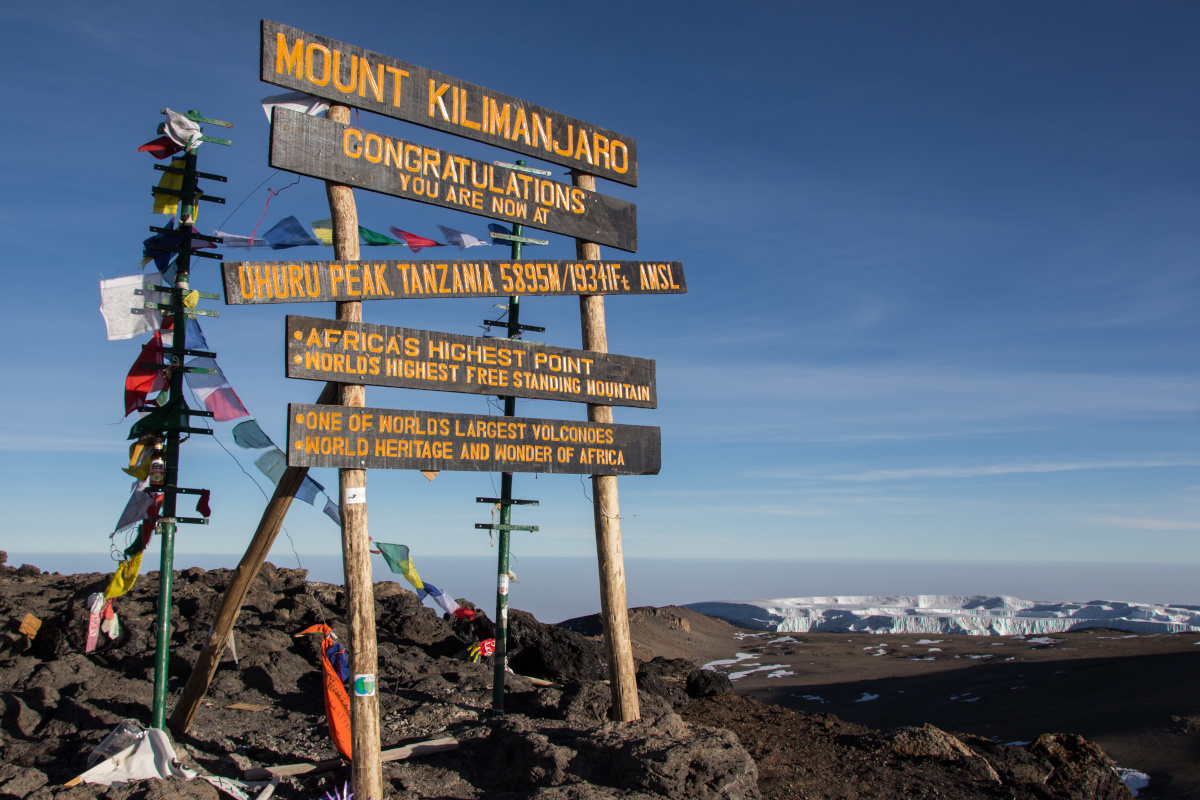
Does travel insurance cover my adventure on Mount Kilimanjaro?
What happens if I get altitude sickness?
Can I be evacuated?
Does insurance cover stolen equipment in Moshi or Arusha?
What’s the best insurance for high-altitude trekking?
Get Protected for Your Kilimanjaro Adventure
Ascending Kilimanjaro is as rewarding as it is unforgiving. You can’t predict what will go wrong, only that something might.
Whether it’s altitude emergencies, a stolen pack in Moshi, or a flight delay that causes you to miss your group, trekking insurance turns total disaster into a temporary disruption.
While training is up to you, Redpoint can help keep you protected on your high-altitude trek with comprehensive travel insurance. Our international travel insurance plans — Ripcord, Cavalry, and Harbor — include medical care and emergency evacuation coverage in case anything goes wrong on your trek. Get a quote for your next trip today, and don’t leave sea level without it.
Protect your investment. Protect your adventure.
